This image should be self explanatory.
Basically, I'm trying to have a div behaving as follows:
- When there is enough space for the entire div to be displayed, the entire div will display, floating to the left.
- When there is not enough space, the div should overflow hidden to the left.
If CSS can't do this alone, do you have a link to similar working JS ?
JSFiddle that I'm trying to use to figure out: https://jsfiddle.net/375fmu1q/164/
<div class="outer-div">
<div class="inner-div">
<div class="part1">
This is part 1 -
</div>
<div class="part2">
This is part 2 -
</div>
<div class="part3">
This is part 3 -
</div>
<div class="part4">
This is part 4
</div>
</div>
</div>
